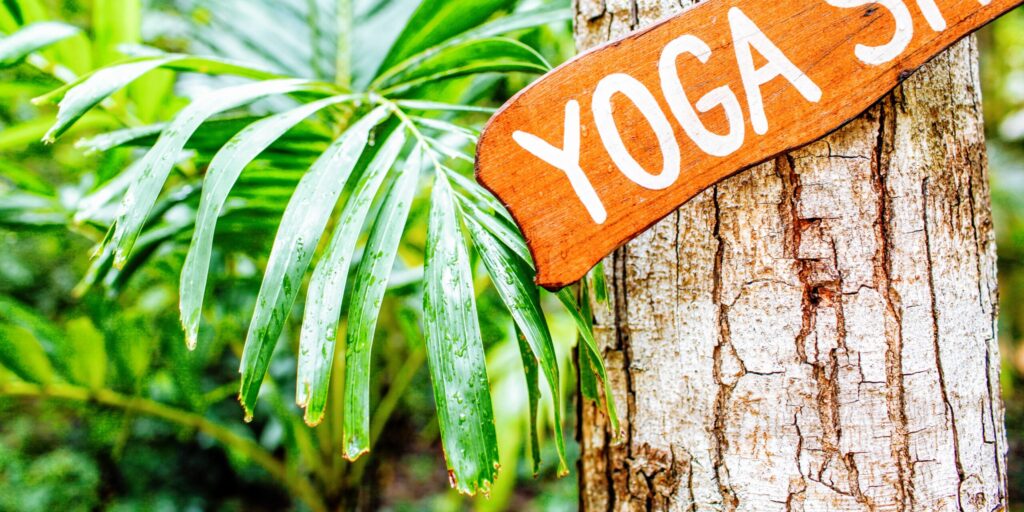Read time 5 minutes
Breathing Through the Pain: How Iyengar Yoga Helped Me Heal from a Rare Disease
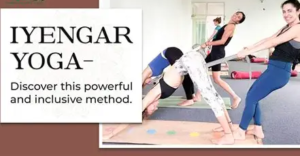
I’d like to begin with a moment of deep gratitude to the Universe, to the present, and the healing journey. Today, I am far healthier than I was, and that alone feels miraculous. If you’ve ever battled a health condition that dragged you into unfamiliar territory, this is a story for you. Because sometimes healing doesn’t come in pills, it begins on the mat, with breath and stillness.
Yoga’s Rising Embrace
Yoga isn’t just a trend anymore. Around the world, from Germany and Chile to Kenya and Nigeria, people are embracing yoga. It serves as a stress reliever, a way to achieve mental clarity, and a foundation for physical health. Among all its beautiful styles, Iyengar Yoga stands out as both precise and meaningful.
Created by the legendary B.K.S. Iyengar.
This form of yoga emphasizes proper alignment, attention to detail, and the intelligent use of props. Whether it’s blocks, belts, blankets, or chairs, these tools help even the most fragile bodies gently find balance and support.
For individuals with injuries or chronic conditions, Iyengar Yoga functions as a form of therapy.
But I didn’t come to yoga just to stretch. I came searching for survival.
Diagnosed and Disoriented: When Your Body Turns Against You
Years ago, I was diagnosed with a rare condition called Isaacs’ Syndrome. It is a neuromuscular disorder marked by relentless muscle twitching, cramping, and stiffness. My body felt like it was waging war on itself. Even the simplest actions became exhausting battles.
As if one rare condition weren’t enough, I also had Lyme disease. It is a bacterial infection transmitted by ticks. On top of that came Glaucoma, slowly threatening my eyesight, and a progressive kidney condition called Membranous Glomerulonephritis.
And with that diagnosis came a cascade of others: Irritable Bowel Syndrome (IBS), Diabetes, Frozen Shoulder, Eczema, and Blood Pressure issues. The cocktail of health problems was overwhelming.
My days were consumed with medications, doctor visits, and an exhausting parade of treatments. Despite the effort, relief was always temporary. The trauma, pain, and limitations became part of my identity. I wasn’t just surviving—I was fading.
Discovering Iyengar Yoga: Light in the Dark

Somewhere amidst the medical maze, I stumbled upon Iyengar Yoga. I read about how B.K.S. Iyengar himself had once used yoga to recover from tuberculosis and restore vitality. That story planted a seed. Could this method help someone like me?
Iyengar Yoga isn’t just exercise; it’s the architecture of the human form. It honors the nervous system, adapts to limitations, and invites healing with grace. I was drawn to its promise: no pills, just presence.
I discovered stories of others who healed and later became yoga teachers themselves. Inspired, I decided to try.
A Gentle Beginning: Instructions from My Doctor

Before stepping onto the mat, my doctor gave me crucial advice:
- Tell your instructor everything; every condition, every symptom.
- Start slowly. No heroics.
- Observe your body’s reactions.
- Stay hydrated and alert.
- Practice only on alternate days until your body adapts.
- Pause immediately if discomfort increases.
- Never force a posture.
- Track key vitals: blood pressure, sugar, weight, and pulse.
With that roadmap, I took the plunge.
Props, Patience, and Progress
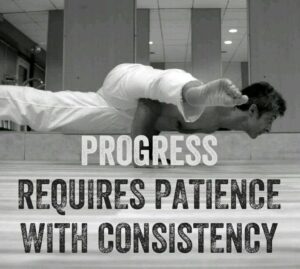
The first few sessions were hard. Pain lingered. My muscles protested. Props became my lifeline; belts to support stretches, bolsters to cushion weakness, chairs to maintain balance. Slowly, the tension began to release. My body started to trust the mat.
Each session was an intimate conversation between my body and breath. I wasn’t chasing a cure; I was learning to live again.
How My Symptoms Transformed
Here’s how Iyengar Yoga began, gently rewriting the symptoms etched into my body:
Reduced Fasciculations and Muscle Cramps
Regular practice softened the twitching and cramping that used to dominate my days. Even fatigue and eye pain started to ease.
Enhanced Flexibility and Range
Static and dynamic stretches increased the elasticity of my tissues. Sitting for long hours became bearable, movement felt smoother, and stiffness retreated.
Rebuilding Strength
Years of limited motion had weakened my limbs. Iyengar postures gradually rebuilt my arm and shoulder power, allowing me to hold poses longer.
Boosted Energy and Vitality
When the blockages were released, energy surged. I began to feel awake, truly awake, for the first time in years.
Greater Mental Clarity
More oxygen, better breathwork, and steady posture brought calm to my thoughts. Alertness improved, and anxiety quieted.
Healing the Spine
Gentle movements along the spine removed years of tension. My posture improved, and my back pain started to fade.
Reduction in Chronic Pain
This was the most profound shift. Pain that once stole my sleep and crushed my spirit began to dissolve. Doctors even confirmed that the inflammation had reduced. That’s the thing about yoga; it shifts pain from being a dominant force to a whisper.
A Therapy That Thinks Beyond the Physical
Living with a rare disease isn’t just about symptoms; it’s about isolation, fear, and exhaustion. Iyengar Yoga taught me to see myself beyond a diagnosis.
Yoga reminded me of something essential: you are still whole, even when healing.
Yes, science may say Iyengar Yoga can’t cure Isaac’s Syndrome. But I wasn’t just looking for clinical validation, I was seeking refuge. For me, yoga became a sanctuary where healing unfolded quietly.
Lessons from the Mat
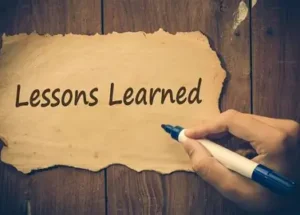
Over time, I learned to:
- I relaxed more than I pushed myself
- Accept my body’s pace and limitations.
- Reprogram years of pain with patient practice.
- Be gentle with myself; perhaps for the first time.
- See therapy as multidimensional, combining movement, nutrition, and mindset.
Healing doesn’t live in isolation; it’s a collective symphony of food, rest, support systems, and mindful movement.
An Invitation to Heal
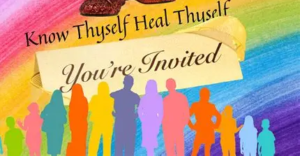
So, here’s my message: If you’re battling your own rare or chronic condition, don’t count yoga out. Iyengar Yoga offers more than just postures; it offers possibilities.
As Sri B.K.S. Iyengar beautifully said:
“Yoga teaches us to cure what needs not be endured and endure what cannot be cured.”
Let that sink in.
In every session, I left behind my pain and breathed. I found pieces of myself I thought were lost. Iyengar Yoga didn’t just help me move; it helped me hope.
DISCLAIMER
The views expressed in this article reflect my personal experience and do not constitute medical advice.


